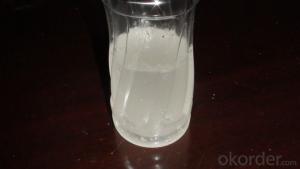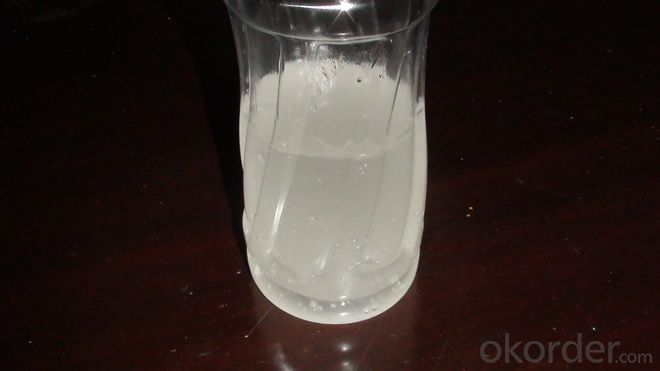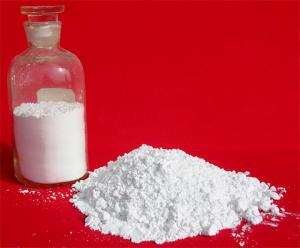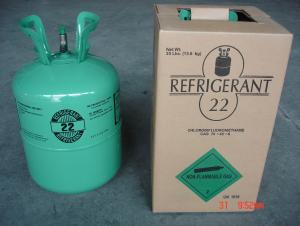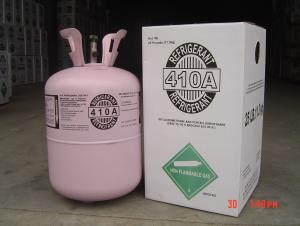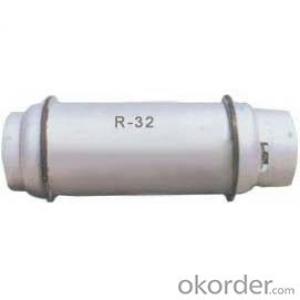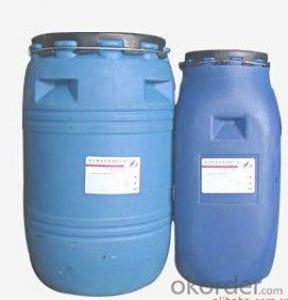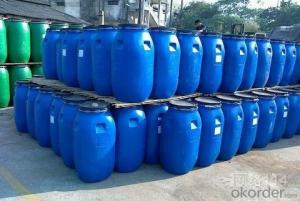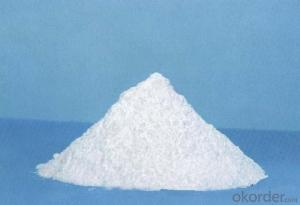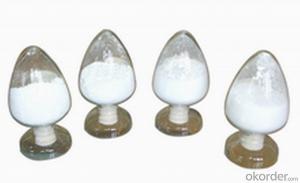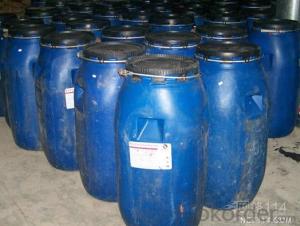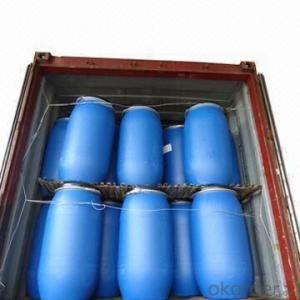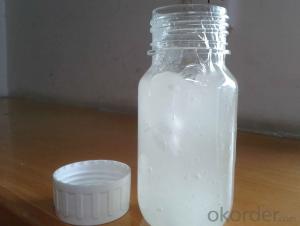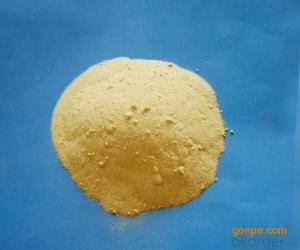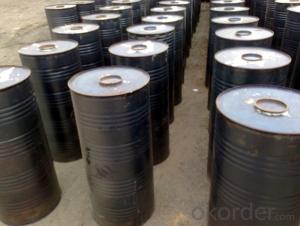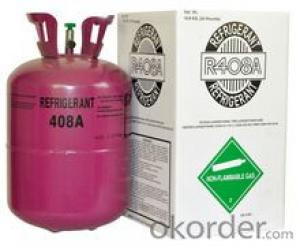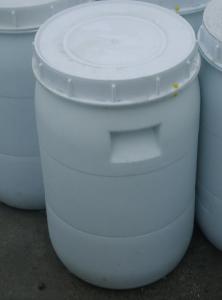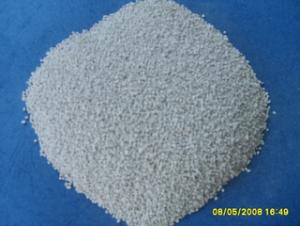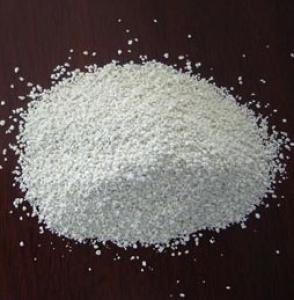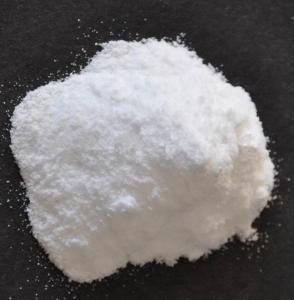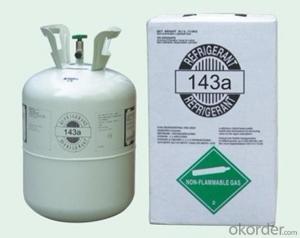BV TEST Disodium laureth sulfosuccinate
- Loading Port:
- China Main Port
- Payment Terms:
- TT OR LC
- Min Order Qty:
- -
- Supply Capability:
- -
OKorder Service Pledge
Quality Product, Order Online Tracking, Timely Delivery
OKorder Financial Service
Credit Rating, Credit Services, Credit Purchasing
You Might Also Like
Specifications
Disodium laureth sulfosuccinate (MES)
Cas no.:040754-59-4
- Q: Can the carboxylic acid react with sodium?
- can
- Q: High school chemical hydrocarbons with hydrocarbon derivatives with water solubility, density for accurate and comprehensive summary, thank you. Out of college entrance examination
- The amount of forgotten, just remember the carbon six rings
- Q: Sugar, fat, and so on a variety of organic matter is full of different units of the heat of the small box. (Save the heat the most efficient, the least loss of heat the most practical and most economical box).
- Inorganic matter with carbon after, as if with their own ideas, began to build their own. So slowly evolved into a complex organic matter
- Q: Identification of Derivatives of Chemical Hydrocarbons in High School
- Phenol and ferric chloride reaction, aldehyde and copper hydroxide will produce brick red precipitation, and the formation of silver diamine hydroxide silver phase precipitation, and there are aldehydes in formic acid, an aldehyde corresponding to two silver Generation, and formaldehyde can be seen as there are two aldehyde groups, can be generated corresponding to the four silver quality.
- Q: What are the oxygen consumption of the oxygen-containing derivatives of the mass hydrocarbons?
- For this comparison, you can see the experimental formula of this material, a C corresponds to an oxygen, 4 H corresponds to an oxygen, the experimental consumption of oxygen up, then under the same quality conditions, the greater the oxygen consumption of this material
- Q: How to identify carboxylic acid and anhydride
- Acid chloride (anhydride) and alcohol;
- Q: Hazardous Chemicals Inorganic Classes, Organic Classes What does it mean?
- Hazardous chemicals refer to highly toxic chemicals and other chemicals that are harmful to humans, facilities and the environment, which are toxic, corrosive, explosive, burning and burning. Including explosives, compressed and liquefied gases, flammable liquids, flammable solids, spontaneous combustion and wet flammable materials, oxidants and organic peroxides, toxic and corrosive substances, etc.
- Q: What is the current status of carbon dioxide capture technology and how is it compared to plants that absorb carbon dioxide?
- Landlord can check their own literature what. = For example, I think this review is very good. The Although it does not include relatively new progress, but I think it is quite good. The You see such an answer to the efficiency of how low ah not as good as their own to find the literature to see right
- Q: From the molecular level, are not all the energy obtained from the redox reaction?
- The battery is carrying the oxidant, and the hydrocarbon is the air as an oxidant direct reaction, which is less than the rocket engine than the jet engine than the reasons for the red.
- Q: The difference between methanol fuel oil and alcoholized oil
- Methanol is best burned
Send your message to us
BV TEST Disodium laureth sulfosuccinate
- Loading Port:
- China Main Port
- Payment Terms:
- TT OR LC
- Min Order Qty:
- -
- Supply Capability:
- -
OKorder Service Pledge
Quality Product, Order Online Tracking, Timely Delivery
OKorder Financial Service
Credit Rating, Credit Services, Credit Purchasing
Similar products
Hot products
Hot Searches
Related keywords
